Needed summit outcome so that the chair’s slogan—Inclusivity and Sustainability—will be more than a theme.
Needed summit outcome so that the chair’s slogan—Inclusivity and Sustainability—will be more than a theme.
By Mehmet Enes Beşer
The year has conspired to make ASEAN’s end-October Leaders’ Summit in Kuala Lumpur unusually consequential. Malaysia, chairing under the banner of “Inclusivity and Sustainability,” must navigate a denser-than-usual thicket: renewed tariff salvos from Washington, the still-bleeding crisis in Myanmar, the slow-moving South China Sea code of conduct process, and the long-promised—but only recently bankrolled—push for regional energy and industrial connectivity. That all of this coincides with Timor-Leste’s long-awaited accession gives the gathering a hinge-of-history feel. The question is whether ASEAN can move from its comfort zone of consensual statements toward outcomes that bite. The calendar says leaders will converge in Kuala Lumpur from 26 to 28 October for the Summit and a cluster of partner meetings; the region expects more than choreography.
Start with trade. The United States’ new tariff architecture has turned Southeast Asia from a manufacturing hedge into collateral damage. Malaysia—one of the world’s top semiconductor hubs—has telegraphed that it will use the Summit to engage the U.S. on sectoral tariffs and preserve carve-outs for chips as Washington dangles sweeping rates on imports while selectively exempting U.S.-based fabs. The politics are unsubtle; the stakes enormous. If exemptions evaporate or are conditioned on costly onshoring, value chains that ASEAN patiently assembled over decades could fragment in months. This is not a purely bilateral issue. A tariff premium that varies across ASEAN members would misalign internal incentives, pushing firms to arbitrage rules rather than invest in regional integration. Kuala Lumpur’s willingness to put this on the table is welcome; the bloc should go further and present a coordinated industrial reply that blends rules-of-origin discipline with accelerated approvals for cross-border chip, packaging, and materials projects. Otherwise, the Summit risks being the venue where ASEAN quietly absorbs a strategic supply-chain downgrade.
Connectivity is the antidote—and there, the timing is auspicious. Just days before leaders gather, the ADB and World Bank moved to launch a dedicated financing program for the ASEAN Power Grid, with multibillion-dollar pledges to stitch together national grids and catalyze cleaner electricity trade. This is precisely the sort of big-ticket, bankable regionalism ASEAN has promised for years and sporadically delivered. If the Summit can translate the financing announcement into a political commitment—say, a time-bound list of priority interconnectors and a mechanism to standardize wheeling charges—the payoff would be twofold: cheaper decarbonization and real resilience for the region’s growing data centers and chip plants that need stable, low-carbon power. That, in turn, would give ASEAN a concrete answer to the tariff question: not victimhood, but competitiveness by design.
But the bloc’s credibility cannot be purchased with electrons alone. Myanmar’s war is now in its fourth brutal year, and the Five-Point Consensus—ceasefire, dialogue, humanitarian access, and so on—has become less a roadmap than a screensaver. Malaysia’s chairmanship has been more candid than most, pushing for practical progress and dispatching its foreign minister to Naypyitaw; yet the junta’s own acknowledgment that any December election will be partial at best underscores the hollowness of the timeline. The Summit has a narrow window to reset expectations. Rather than debating whether to send observers to a vote that cannot be nationwide, leaders should pivot to enforceability: an empowered, permanent ASEAN special envoy with a multi-year mandate; a regionally policed ceasefire corridor linked to humanitarian access; and a publicly tracked compliance matrix that ties participation in high-level ASEAN meetings to verifiable steps on violence reduction. Indulging performative elections would not only mock the Consensus—it would signal that ASEAN’s “centrality” applies everywhere except where it counts most.
The South China Sea will sit, as ever, just off-stage. The Summit is unlikely to yield a breakthrough on the Code of Conduct with China. Yet the absence of progress is itself a policy choice. The bloc could, at minimum, agree on a set of non-negotiables—freedom of navigation language that reflects international law rather than euphemism, a moratorium on features-building and militia-escorts near other states’ EEZs, and a dedication to rapid incident reporting among member navies. The point is not to provoke Beijing but to upgrade ASEAN’s crisis-management architecture so that small incidents do not metastasize into nationalist spectacles. If the leaders’ statement reads like the usual legalese, it will obscure a deeper reality: the maritime front is where ASEAN’s unity is tested every quarter, not every decade. Even modest operational steps announced in Kuala Lumpur—hotlines, shared protocols, coordinated coast-guard training—would be worth more than another aspirational paragraph.
Timor-Leste’s accession offers a different test: can ASEAN integrate a poorer, smaller economy without lowering the bar? Here again Malaysia has tried to square the circle, indicating that Dili can be welcomed as a full member even as it completes the long to-do list of ASEAN legal instruments over a phased period. That is the correct instinct, solidarity without sentimentality. The politics are not trivial; Myanmar has bristled at the timing, and some members fret about capacity strains. But the reputational upside of finally ending Timor-Leste’s waiting room purgatory is larger. If ASEAN can pair accession with a transparent, time-bound compliance roadmap, it will demonstrate that enlargement and standards can be complements, not substitutes. The choreography in Kuala Lumpur—flag, seat, anthem—will be evocative. The real measure will be whether Timor-Leste is financed and mentored to meet milestones on customs, competition policy, and services commitments within three to five years, rather than being left to sink into a slow-motion exception.
There is also a domestic-regional feedback loop to manage. Malaysia has framed its 2025 chairmanship around narrowing development gaps and building a future-oriented, sustainable ASEAN. That theme only matters if the Summit anchors it in instruments that outlast press photos. Two candidates stand out. First, a Kuala Lumpur Compact on “resilient openness” that commits members to avoid beggar-thy-neighbor responses to third-country tariffs, coupled with an ASEAN facility to rapidly re-route supply chains inside the region when global politics blind sides one member. Second, a binding connectivity annex that puts the Power Grid, cross-border data-flows, and trusted chip supply chains under one umbrella, with a scoreboard the private sector can price. Neither requires messy treaty law; both require political will and a thicker skin when great powers press for bilateral deals that fragment the house ASEAN built.
Skeptics will say this is too much to expect from a three-day conclave famous for careful communiqués. But ASEAN has quietly proven it can surprise—RCEP’s rescue in the teeth of global protectionism, the build-out of regional food-security instruments after pandemic shocks, and the patient admission path for Timor-Leste all show a capacity to move when timing and leadership align. This is one of those moments. The tariff storm forces a decision on industrial strategy. The Myanmar war forces a decision on enforceability. The power-grid financing forces a decision on connectivity. Punt on all three, and the narrative will write itself: ASEAN as a venue, not a vector. Move on even two, and the bloc resets its trajectory for the next decade.
Conclusion
Kuala Lumpur should be remembered not for the length of its joint statement, but for three choices that only leaders can make. First, choose coordinated resilience over reactive deals by adopting a regional stance on tariffs that protects the semiconductor spine of Southeast Asia without mortgaging its future to any single capital. That means defending exemptions where possible while accelerating domestic and cross-border capacity, so the region is not negotiating from weakness but from indispensability. Second, choose mechanisms over mantras on Myanmar by appointing a standing ASEAN envoy with a real mandate and by tying participation privileges to verifiable steps on violence reduction and humanitarian access. The Five-Point Consensus, unmodified, is a promise without a plan; Kuala Lumpur can give it teeth. Third, choose connectivity you can bank, not just brand, by converting the new Power Grid financing into a leader-level commitment with delivery dates, standardized rules, and a governance spine that derisks private capital. Threaded through these choices is a fourth, symbolic one: welcome Timor-Leste in a way that proves ASEAN can enlarge and enforce at once. Do these things, and the chair’s slogan—Inclusivity and Sustainability—will be more than a theme. It will become a strategy for autonomy in an era that punishes fence-sitters and rewards builders. The Summit need not solve everything. It must, however, decide to build.



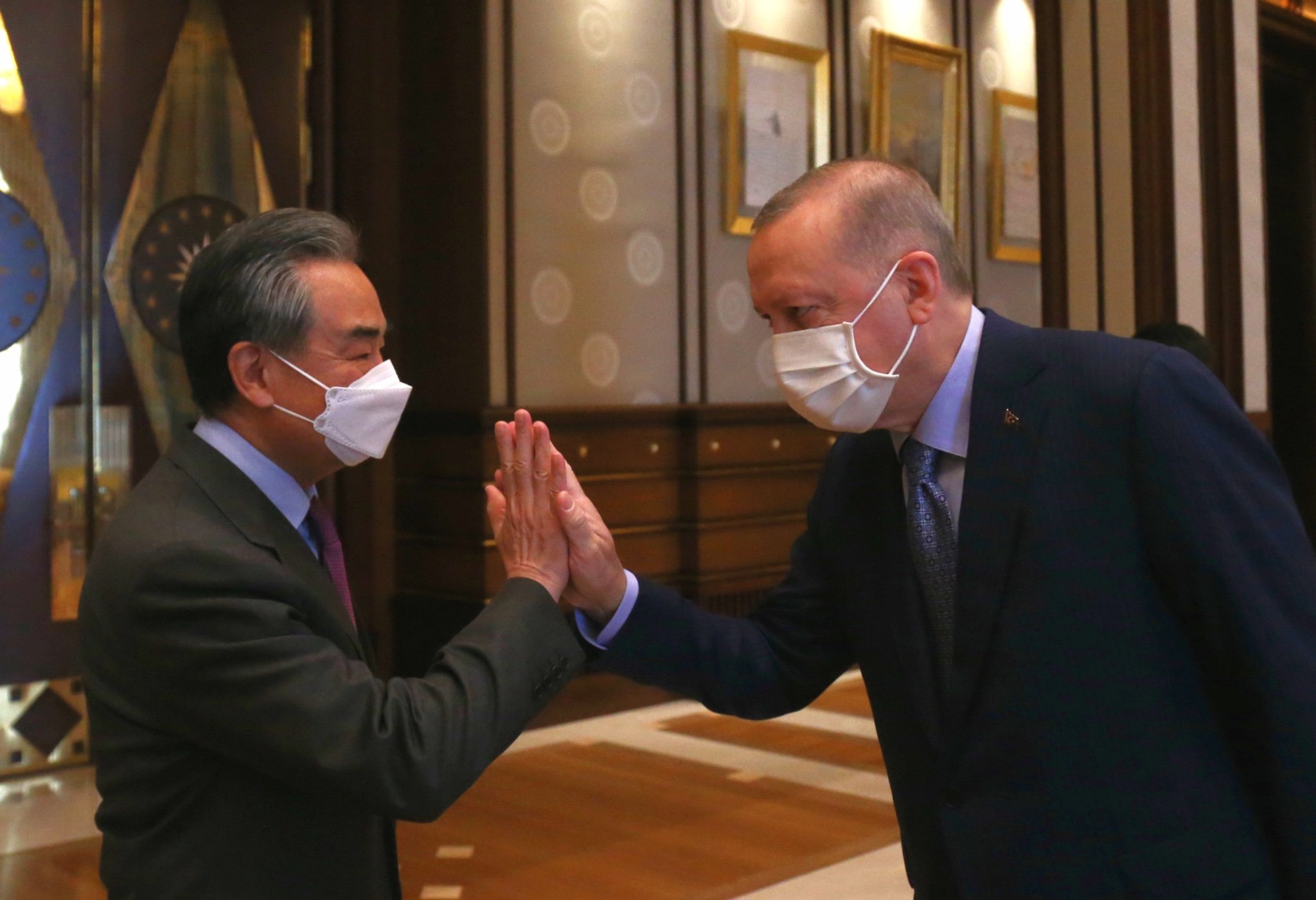



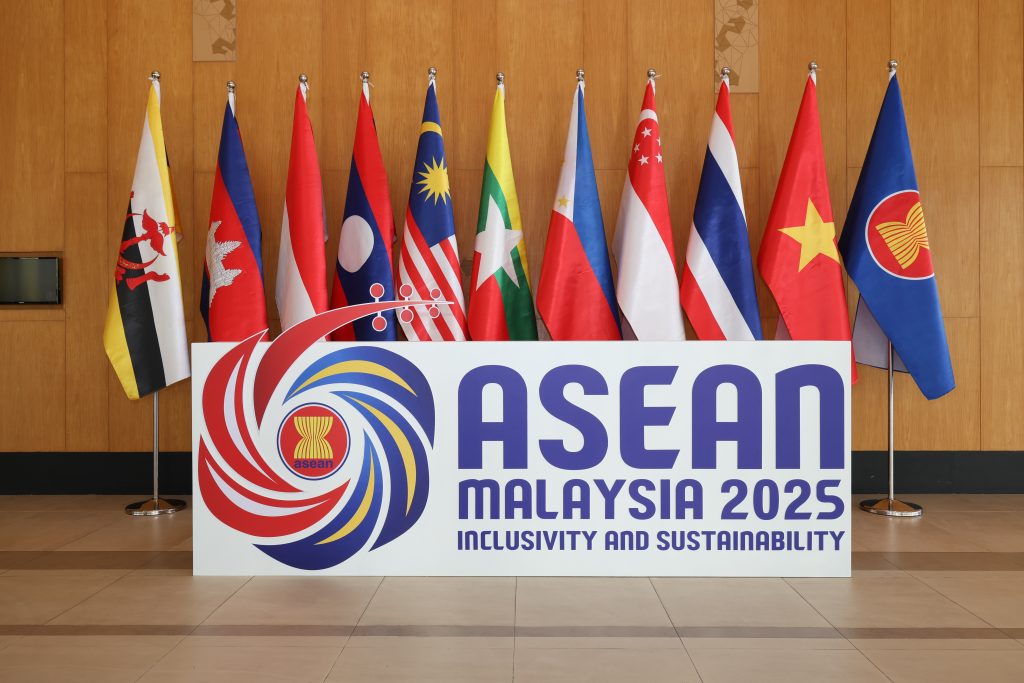
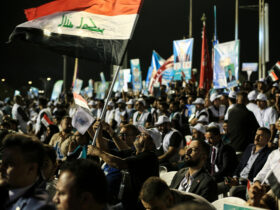

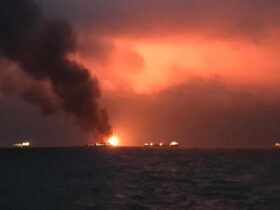
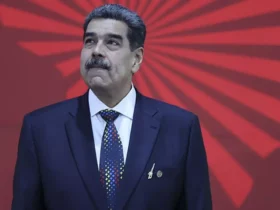
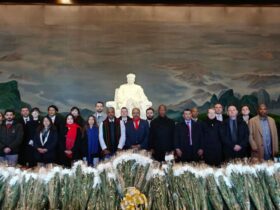
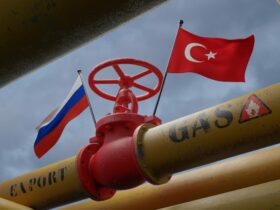
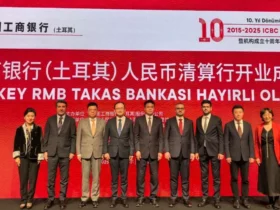

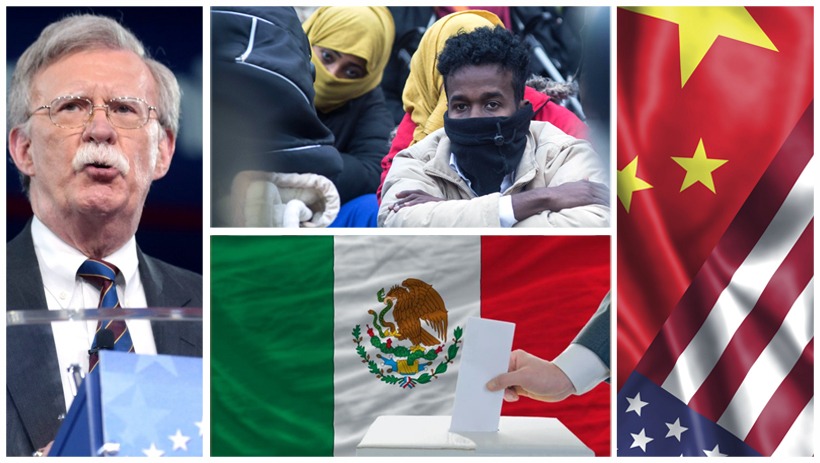
Leave a Reply